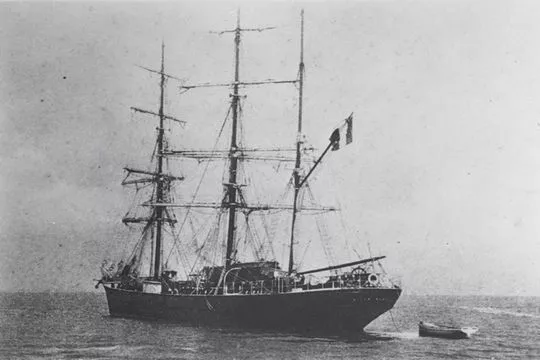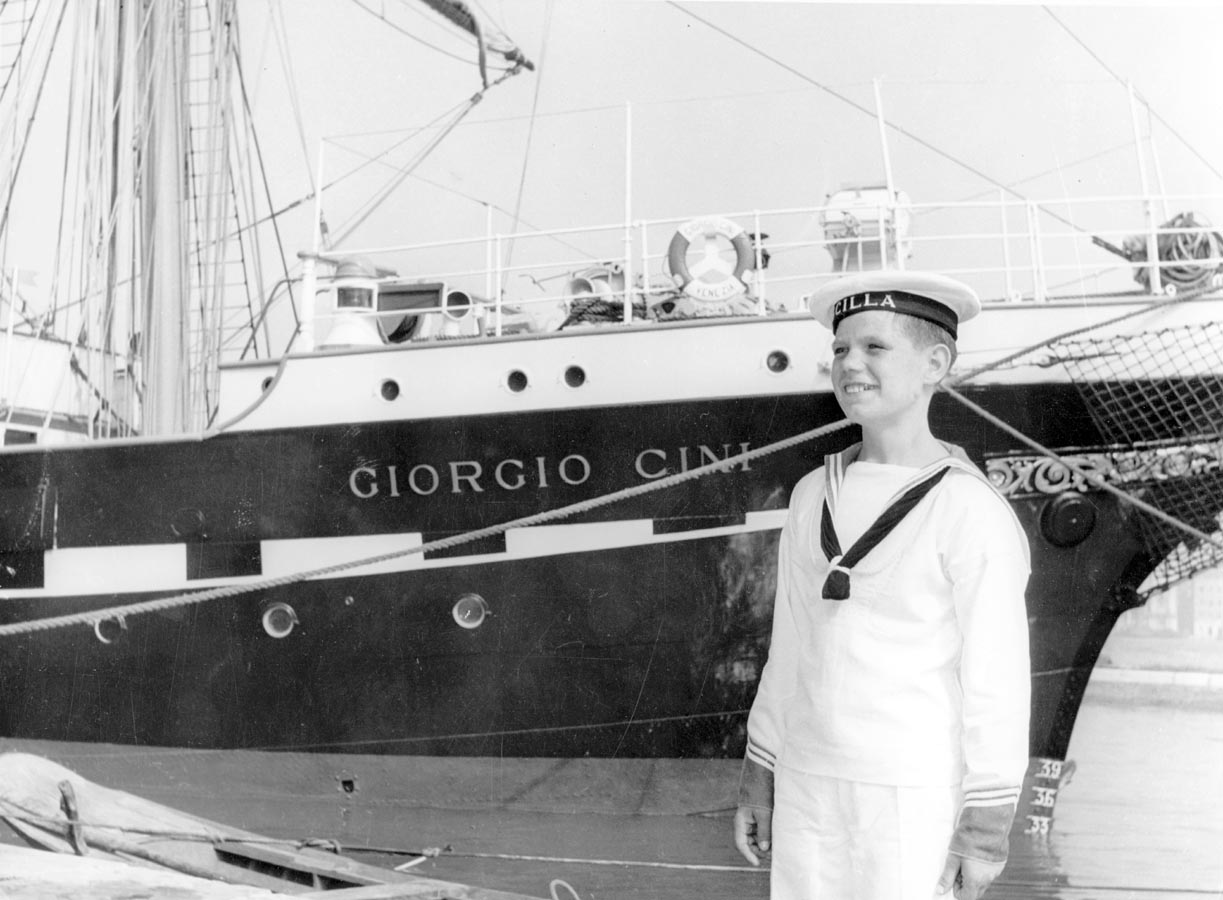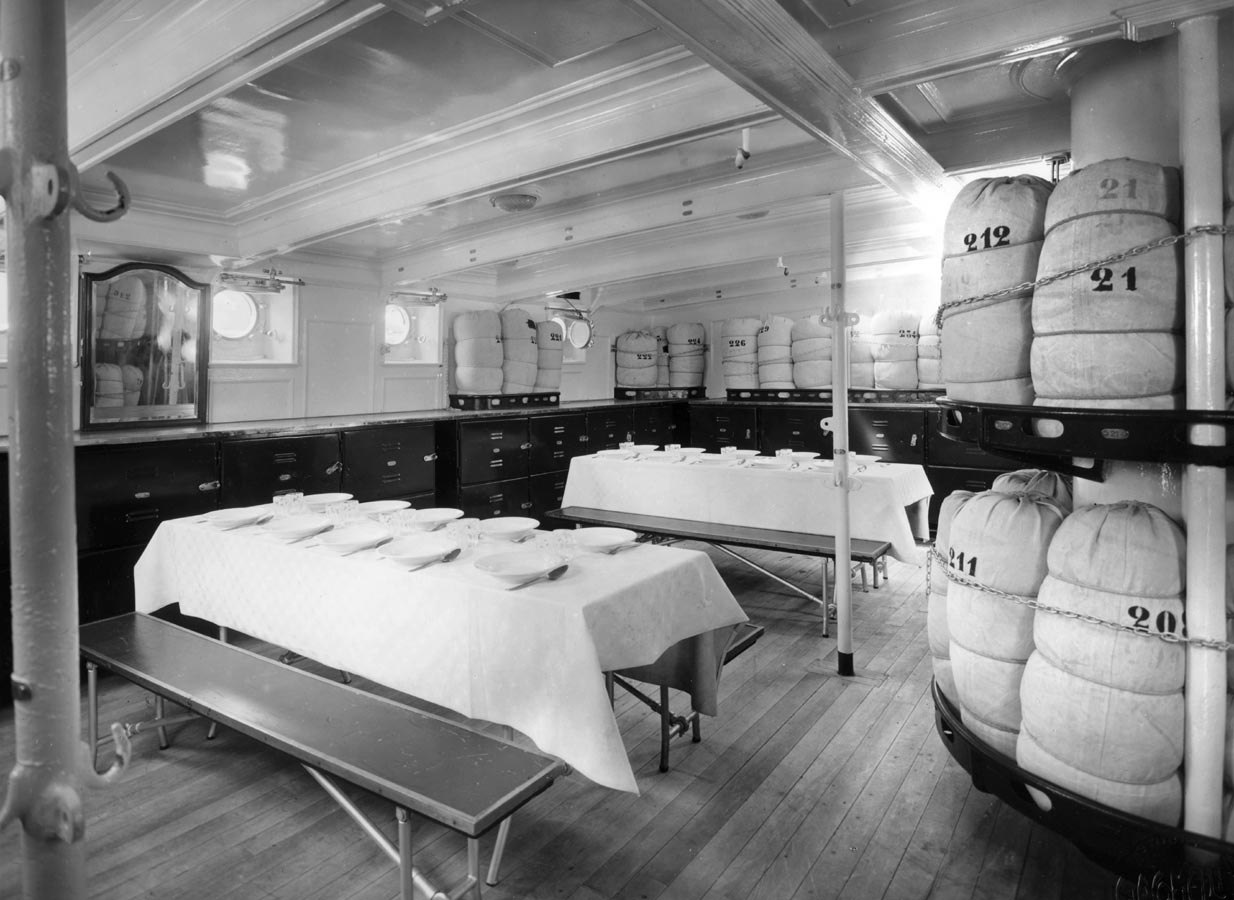The Olympic and Paralympic Games of Paris 2024 are fast approaching. As the capital prepares to host this major event, one of the greatest symbols of this sports competition is drawing closer to France. The Olympic flame indeed left Athens on Saturday, April 27th, to set course for the city of Marseille. It will arrive in the Phocaean City on Wednesday, May 8th, aboard the Belem, an emblematic ship of French heritage. On this occasion, let’s look back at the history and multiple destinies of this majestic three-masted ship.
This 58-meter vessel was born in 1896 in the Dubigeon shipyards of Nantes. Ordered by the Crouan House, specialized in the import and export of chocolate and sugar from the Caribbean and South America, the three-master was built in less than 6 months. It was named in honor of the Brazilian port of Belem, where the Crouan family established a trading post in the early 19th century.
With its steel hull, the Belem is small, fast, and above all, sturdy. Intended for commercial campaigns, the ship can carry a load of 675 tons. From French Guiana to the Caribbean, passing through Brazil, it transports goods from around the world such as cocoa beans, rum, and sugarcane.
A Ship with Multiple Lives
In 1914, the Belem was bought by the Duke of Westminster, Lord Hugh Richard Arthur, and ceased its commercial activity. The aristocrat fitted the three-master with engines and transformed it into a yacht capable of accommodating about forty people. He also had two additional rooms built to enlarge the boat’s reception and added mahogany ornaments from Cuba.
The ship was bought again in 1921 and became the property of Sir Arthur Ernest Guinness, vice-president of breweries and a great sailing enthusiast. The Belem became Fantôme II and sailed under the British flag. Intended for cruises, it notably completed a world tour from March 29, 1923, to March 2, 1924, during which it passed through the Panama Canal and the Suez Canal.
Yet another destiny for the vessel now named Fantôme II. During World War II, it remained moored at the Isle of Wight, in the middle of the English Channel. The heirs of Arthur Ernest Guinness eventually sold the boat in 1951 to Vittorio Cini, an Italian industrialist who donated it to the students of Centro Marinaro, a center for teaching merchant marine skills, and Istituto Scilla, which housed the orphans of sailors.
The Belem thus became a school ship and was renamed Giorgio Cini, in homage to Vittorio Cini’s son. The boat was rearranged to accommodate as many students as possible. Farewell to the luxurious compartments created by the Duke of Westminster; these were transformed into a large common room serving as a dormitory, canteen, and study hall.
Deemed too old-fashioned, it was finally decommissioned in 1967 before the Italian national military police decided to take on restoration work. However, they could not fully assume this responsibility due to the significant costs involved. The boat was eventually left as a moving-in gift to the shipyard, which then put it up for sale.
Click here to read the entire article on Luxus Magazine.
Featured Photo : © Fondation Belem





















